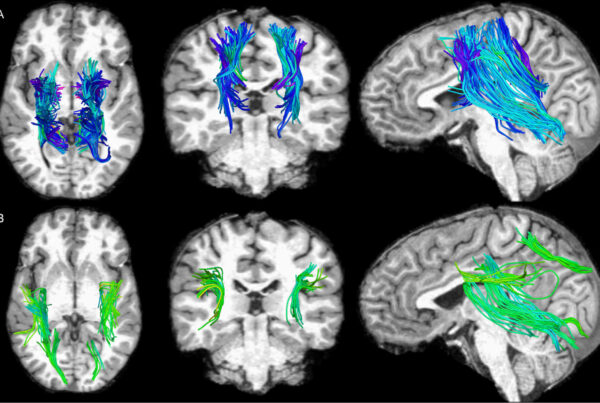Rates of disability and morbidity vary widely between nations of the world—and because of economic, social and policy contexts, according to a new analysis by University of Southern California researchers.
International comparisons and the subsequent ranking of countries can be useful in understanding the success and failure of public policies and be used to inform potential policy interventions. Well-harmonized data with common standards of definitions and thorough documentation are prerequisites for such comparisons.
The Gateway to Global Aging Data (g2aging.org) is a data and information platform developed to facilitate cross-country analyses using the Health and Retirement Study family of surveys. The Gateway has compiled and indexed metadata enabling users to quickly attain consistent information across surveys for more than 30 countries and across waves of individual surveys. The harmonized data files have been built to significantly reduce such costs and to minimize errors for researchers, therefore increasing replicability of scientific findings.
“Using the Gateway to Global Aging Data and information platform will make analysis more accurate and help us develop better public health policies,” said Jinkook Lee, a research professor of economics at the Center for Social and Economic Research at the University of Southern California.
Using the harmonized measures available from the Gateway, researchers describe health outcomes in both newly developing economies and well-developed ones, including China, Denmark, England, Finland, France, Japan, Luxembourg, Mexico, Slovenia, Sweden, Switzerland and the United States. Focusing on older adults between the ages of 55 and 74, the reported disability rate is highest in England for men and in China for women, among many other differences across countries using the new data platform.
“This is a unique opportunity for us to understand much more about how the context affects the aging experience,” said Professor Eileen Crimmins of the USC Leonard Davis School of Gerontology, a coauthor on the study. “It will allow us to separate what is universal from what is unique and potentially malleable.”
“Cross-Country Comparisons of Disability and Morbidity: Evidence from the Gateway to Global Aging Data” appears in The Journals of Gerontology, Series A: Biological Sciences and Medical Sciences on December 4, 2017 and was also coauthored by Drystan Phillips, Jenny Wilkens, Sandy Chien, Yu-Chen Lin, and Marco Angrisani of the USC Center for Economic and Social Research. The Gateway to Global Aging Data is supported by the National Institute on Aging, National Institutes of Health (Grant No. R01 AG030153).





